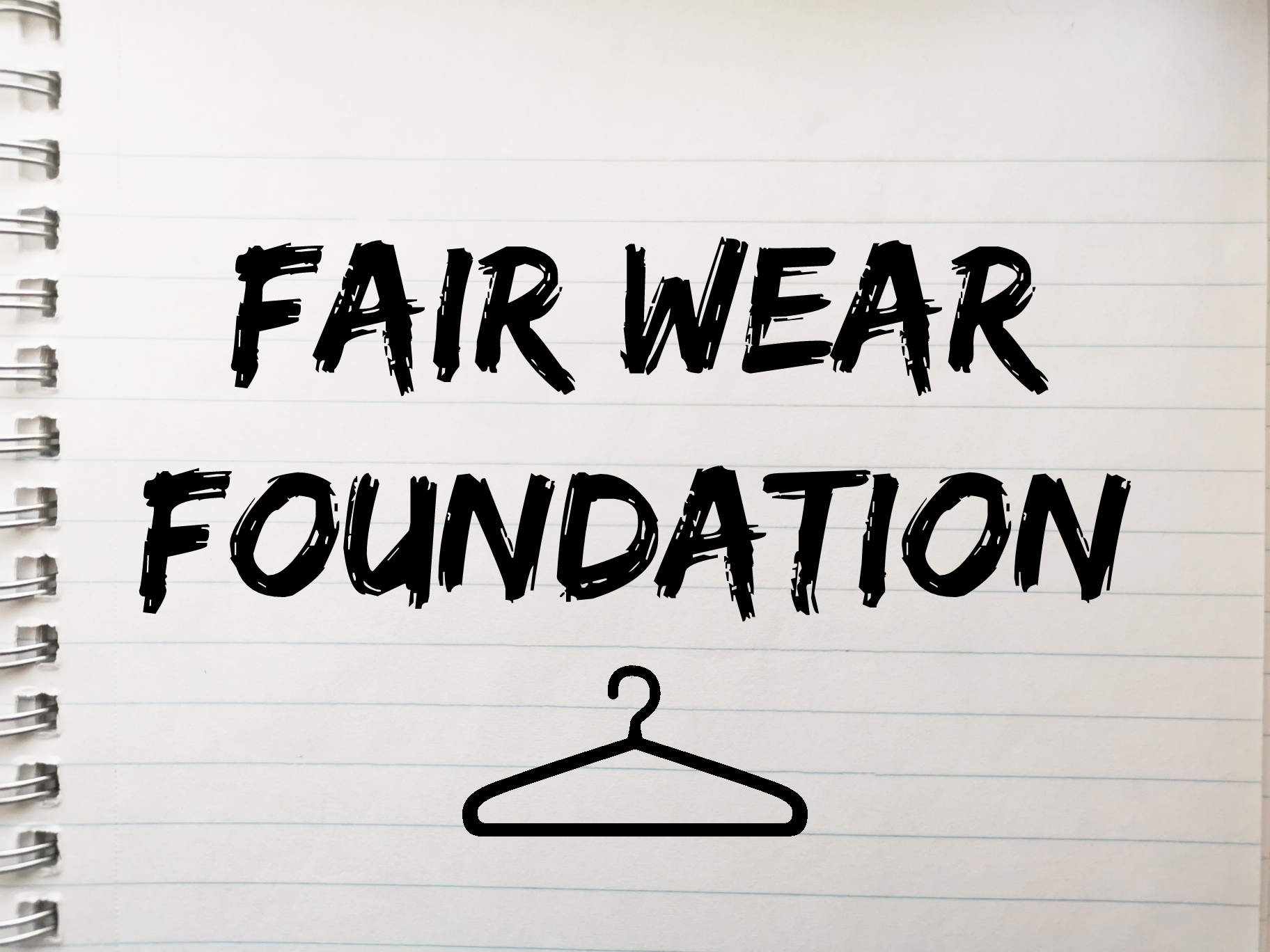Some of the brands that are featured on the brand list are members of the Fair Wear Foundation. To be able to hold brands accountable for their environmental impact, it’s important we understand all the terms brands mention when they explain their sustainability efforts. In this post, I’m giving a short explanation of the Fair Wear Foundation so you know what it means when a brand is associated with this company.
On the blog page you can read the explanations for other terms you might run into when checking the brand list, like Code of Conduct, OEKO-TEX standard and the GOTS certification.
What is the Fair Wear Foundation
Fair Wear Foundation is a non-profit and a multi-stakeholder organisation and was founded in 1999 by FNV en CCC. Their mission is to improve labour conditions in the garment industry by working with clothing brands, factories, garment workers, trade unions, NGOs and other industry influencers. Fair Wear believes in ‘shared responsibility’ when it comes to improving supply chains in the global garment industry.
The headquarters are in the Netherlands, and they also have representation in Germany. They have a group of auditors, trainers and complaints handlers in the garment-producing countries where Fair Wear is active. They are currently active in ten countries: Bangladesh, Bulgaria, India, Indonesia, North Macedonia, Myanmar, Romania, Tunisia, Turkey, and Vietnam. Most Fair Wear members produce in these countries.
What do they do
Clothing brands can become a member of the Fair Wear Foundation. Their business practices will be assessed as well as the working conditions in the factories of their suppliers. Fair Wear Foundation guides and helps the brands to make improvements and they provide support, personalized advice and access to resources. They work closely with the member brands in a one-on-one approach.
Their members have access to a learning environment where they can attend webinars and working sessions, make use of their resources and tools like their Fair Price App and Wage Ladder, and get access to other learning opportunities like training courses. Members are also able to communicate and collaborate with other member brands.
Transparency is an important aspect for FWF. Their members are expected to disclose where their products are produced, including both main suppliers and subcontractors. This list of factories where their members source from, can be found on the website.
Their labour standards
Fair Wear’s labour standards are based on the Code of Labour Practices (CoLP), labour standards from ILO Conventions and the UN’s Declaration on Human Rights:
1. Employment is freely chosen
2. Freedom of association and the right to collective bargaining
3. There is no discrimination in employment
4. No exploitation of child labour
5. Payment of living wage
6. Reasonable hours of work
7. Safe and healthy working conditions
8. Legally binding employment relationship
Who can join
Clothing brands are able to apply for a membership with FWF if they are based in Europe, have a minimum annual turnover of 10 million euros, and produce more than 50% of their products in countries where Fair Wear is active, or in countries that Fair Wear categorises as low-risk countries.
You can see the list of their current member brands here
Scroll to the bottom to see some brands that are featured on this website and who are a Fair Wear Foundation member.
What does it mean when a brand is a FWF member
A Fair Wear membership is not a certification. Fair Wear Foundation doesn’t certify products, brands and factories. If you see a brand on this website that is a member of FWF, it doesn’t mean their supply chain is perfect, but it shows the brand has a strong interest in improving the eight labor standards and is actively making an effort.
How they assess brands
They have a brand performance check that is conducted at all Fair Wear member companies. During the check, Fair Wear looks into how well member companies have integrated human rights due diligence into their business practices and evaluates how their practices support the Fair Wear Code of Labour Practices (CoLP).
The results are used to track progress and measure how well brands have resolved issues with their suppliers. As mentioned before, Fair Wear highly values transparency so each Brand Performance Check report is published online.
Based on the Brand Performance Check, member brands are placed into one of the three categories:
- Leader
- Good
- Needs Improvement
Most brands receive the ‘Good’ rating. Members can only be placed in the ‘Needs Improvement’ category for one year. After that, they will be suspended if they don’t earn a ‘Good’ rating.
Audits and Monitoring
Fair Wear conducts audits to check if improvements have been made. Fair Wear audits are different from traditional audits. The audits are conducted by an in-country team of independent experts. Not only the working conditions are measured, but they also collect additional information such as the members’ purchasing practices, the factory’s management system and the communication between the workers and management.
To ensure the voice of the workers are heard, Fair Wear audits always include an offsite worker interview that takes place where workers feel comfortable, like in their homes or at local cafes. It can be a face-to-face individual meeting, in a group discussion or as a phone call. During the interview, the workers have the opportunity to safely share their thoughts.
Complaints helplines
Apart from the off-site interviews with workers, Fair Wear also has phone lines where garment workers can talk about their concerns. Workers can file a complaint if they feel their rights are being violated or if they see it happen to others. This is done by a complaints handler who speaks the local language. When a complaint is filed, Fair Wear immediately informs the member brand that is involved and launches an investigation to see if they can find evidence that supports the complaint. If so, the member brand is required to fix the problem with the factory.
To maintain transparency, all complaints are published on their website. You can find the list here.
Brands who are a member
Below are some brands that are on the brand list and are a member of Fair Wear Foundation. Check the full brand list here to find sustainable brands near you!
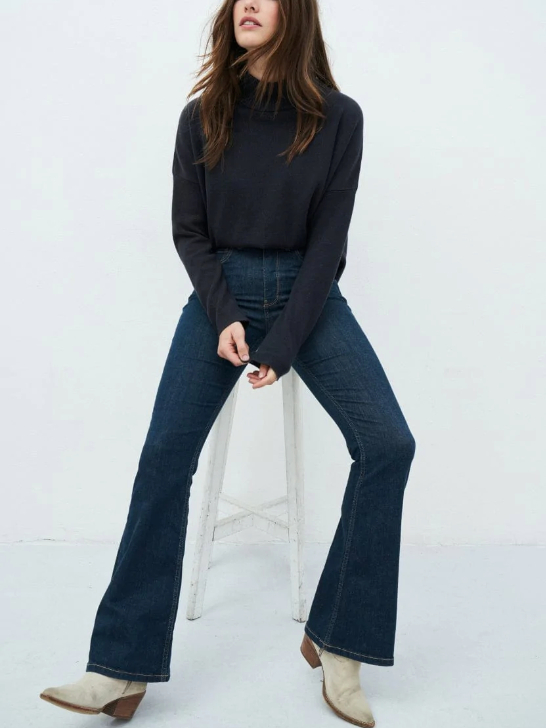
Kuyichi
Member since 2020
‘Good’ category
A score of 63 out of 100
Disclosed 100% of their factories

Nudie Jeans
Member since 2009
‘Leader’ category
A score of 95 out of 100
Disclosed 76-99% of their factories
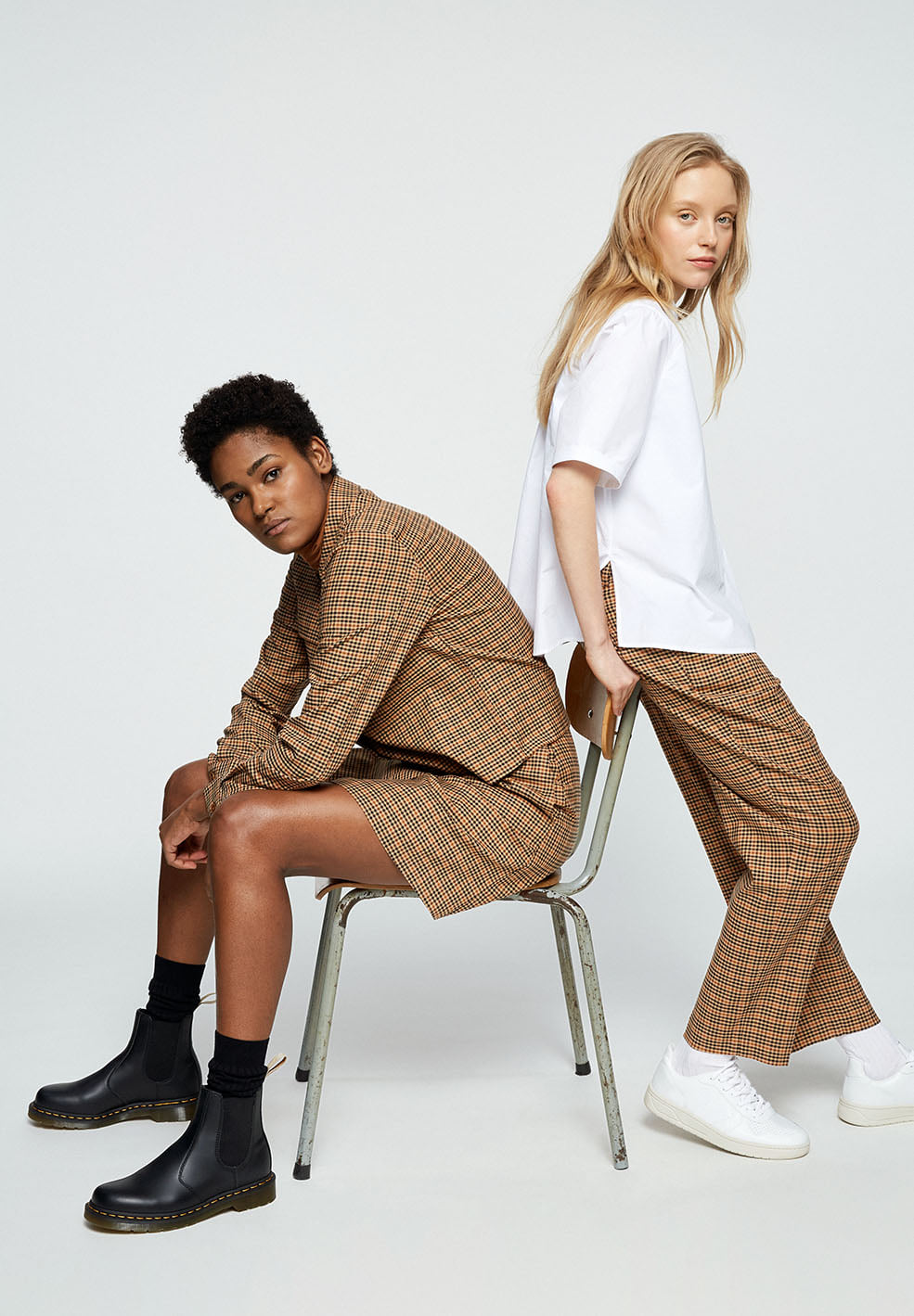
ARMEDANGELS
Member since 2015
‘Leader’ category
A score of 92 out of 100
Disclosed 76-99% of their factories
